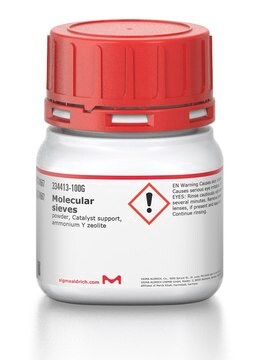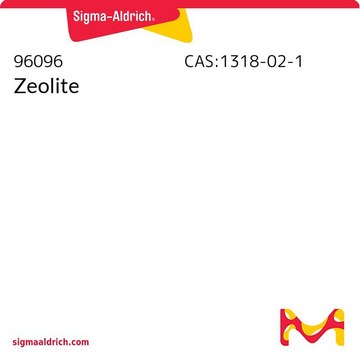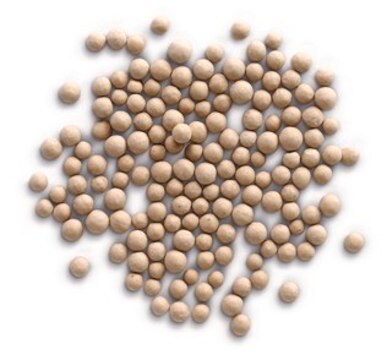348848
Titanium
foil, thickness 0.025 mm, 99.98% trace metals basis
About This Item
Produtos recomendados
Ensaio
99.98% trace metals basis
Formulário
foil
temperatura de autoignição
860 °F
resistividade
42.0 μΩ-cm, 20°C
espessura
0.025 mm
p.e.
3287 °C (lit.)
pf
1660 °C (lit.)
densidade
4.5 g/mL at 25 °C (lit.)
aplicação(ões)
battery manufacturing
cadeia de caracteres SMILES
[Ti]
InChI
1S/Ti
chave InChI
RTAQQCXQSZGOHL-UHFFFAOYSA-N
Categorias relacionadas
Descrição geral
Aplicação
- Medical Devices: Due to its biocompatibility, it is widely used in medical applications, such as in joint replacement implants, dental implants, and surgical instruments (Britannica).
- Corrosion Resistance: Its resistance to corrosion by both water and chemical media leads to its use in chemical processing industries for equipment like heat exchangers and reactors (Royal Society of Chemistry).
Quantidade
Código de classe de armazenamento
11 - Combustible Solids
Classe de risco de água (WGK)
nwg
Ponto de fulgor (°F)
Not applicable
Ponto de fulgor (°C)
Not applicable
Equipamento de proteção individual
Eyeshields, Gloves, type N95 (US)
Escolha uma das versões mais recentes:
Já possui este produto?
Encontre a documentação dos produtos que você adquiriu recentemente na biblioteca de documentos.
Os clientes também visualizaram
Artigos
Biomedical implants are essentially foreign substances within the human body that must survive many years’ exposure to demanding mechanical and physiological conditions. Despite these challenges, metal implants have been widely used to substitute for or rebuild hard tissues such as bones and teeth.
Nossa equipe de cientistas tem experiência em todas as áreas de pesquisa, incluindo Life Sciences, ciência de materiais, síntese química, cromatografia, química analítica e muitas outras.
Entre em contato com a assistência técnica


